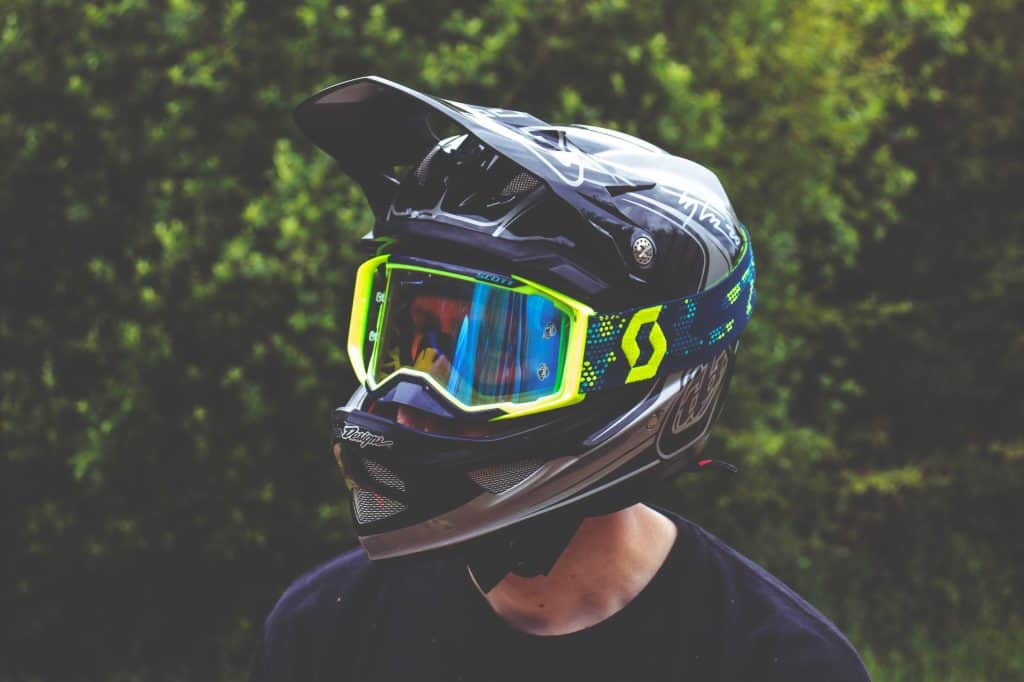As more sports have grown mainstream, many kids are choosing to opt-out of traditional team sports. They instead turn to extreme sports. The name itself may be scary. Are extreme sports too dangerous for children?
The answer is not necessarily. You have to be equipped with the right information to guide your child and keep them safe.
What are extreme sports?
Sports can be broken into two major categories: traditional and extreme. Traditional sports are typically team-oriented like baseball, football, soccer, and hockey. People compete solo in many extreme sports. These sporting activities typically involve more overt risk than traditional sports.
These sports are often unusual as well and may not be as familiar to most of the public. Extreme sports are either performed in a vehicle or without a vehicle. Vehicle extreme sports include both motorized and non-motorized vehicles.
- Motorized: Powerboat racing, Water skiing, Wakeboarding, Surfing, Windsurfing, Kiteboarding, Extreme Skiing, Snowboarding, Sailing, Gliding, and Parachuting.
- Non-Motorized: Motorcycle racing, Rallying, Motocross, Skateboarding, Mountain biking, BMX racing, Freestyle BMX, Freestyle Scootering, Mountain boarding, and Aggressive inline skating.
- Non-vehicle extreme sports: Rock Climbing, BASE jumping, Bungee Jumping, Ice Climbing, Parkour, and Deep-Water Soloing.
Many of the vehicle extreme sports can be found in the X-Games, the Olympics of extreme sports. Non-vehicle extreme sports are not featured in the X-Games and tend to be the more dangerous of the extreme sports. The X-Games have acted as an advertisement for many extreme sports since they were founded in 1994. This sporting event has helped make many extreme sports household names, and viable sporting options for young people. Currently, the X-Games features the following extreme sports.
Summer
- Moto X sports
- Skateboarding competitions
- BMX Freestyle competitions
- E-Sports
Winter
- Extreme Skiing
- Snowboarding competitions
- Snowmobile competitions
Aggressive inline skating, rally and off-road trucking, and mountain biking have all featured in past X-Games as well.
Should my child participate in extreme sports?
Because of the popularity of the X-Games over the last twenty-six years, and the rise of popular athletes like Tony Hawk, Shaun White, and Travis Pastrana, many kids are interested in trying extreme sports. Also, extreme sports allow your kids to express themselves without the pressure of a team. But, should you allow your child to participate in extreme sports?
Your answer will depend on your own family’s values and safety standards. You may also want to encourage participation in more mainstream extreme sports like skateboarding, skiing, or water skiing. These, while risky, do not carry as much risk as some extreme sports.
You should also never allow your kid to drive a motorized vehicle without the appropriate license. Kids Ride Wild explains, “In the majority of US states, teens and older kids can ride ATVs without a driver’s license, but in some states, kids under 10 can use the vehicles with adult supervision. ATVs can be extremely fun and safe as long as you follow safety precautions.”
Extreme sports of any kind can be very scary for parents. Just remember that yes, extreme sports are risky, but so is any type of sport. Hockey involves players balancing on razor-sharp blades. Bad cuts, concussions, and neck injuries are common in most of the team sports and are at epidemic levels in football. In fact, studies have found that although concussions occur in most sports, their highest rates are in football. That is a pretty big risk.

Extreme sports and safety
Any sport your child participates in will carry some element of risk. Some sports are more inherently dangerous than others. It is up to you to decide what level of risk is right for your family. You also need to know how best to keep your kid safe when they do extreme sports:
- Make sure they have all the correct safety equipment. Safety equipment requirements vary from sport to sport. Helmets, knee pads, elbow pads, goggles, and gloves are all common safety items. Never let your child practice an extreme sport without the correct safety gear.
- If the extreme sport is weather dependent, watch the forecast. Skiing, snowmobiling, and water sports all depend on the weather. Do not let your kid practice if the weather will be bad. Extreme sports are hard enough without the added problem of extreme weather.
- Do not let them practice alone. Many extreme sports allow you to express your individual skills. However, you should not allow your child to do any extreme sport by themselves. Make sure they are under your supervision or at least do the sport in a group.
Final thoughts
Perhaps don’t think of extreme sports as extreme. Call them alternative sports. They are an alternative to traditional team-based sports.
Risk of injury and fear are common in any athletic pursuit. Overcoming the fear of getting injured is one of the greatest lessons of extreme sports. As parents, we want to protect our children. By taking the correct safety precautions we can protect them while also allowing them to love and participate in extreme (or alternative) sports.

